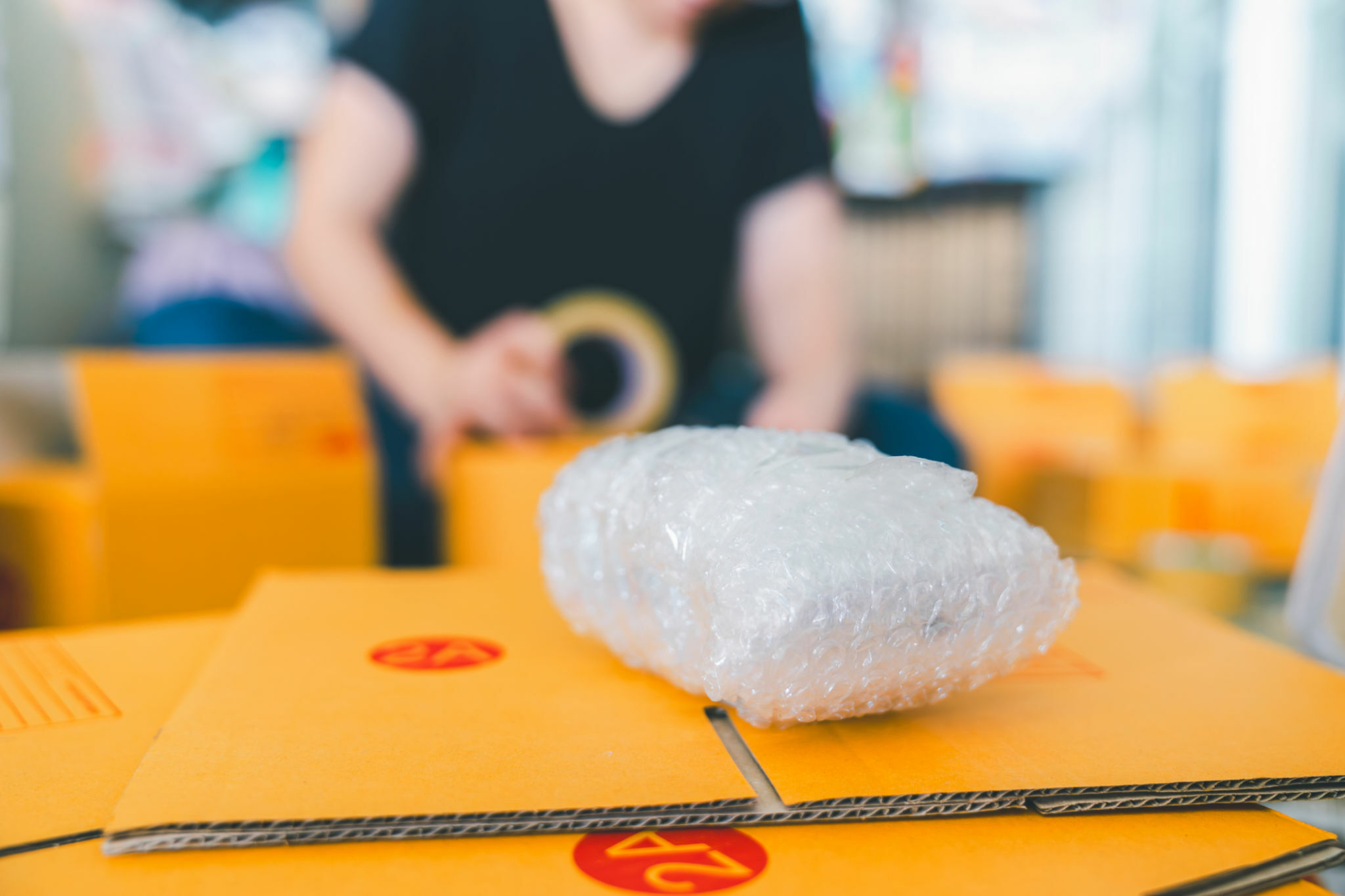Streamlining Processes: The Power of a Trusted Processing Company
Streamlining Processes: The Power of a Trusted Processing Company
Blog Article
Efficient Industrial Recycling Solutions for Lasting Product Packaging: A Comprehensive Overview
That's where this comprehensive guide on efficient commercial recycling remedies for lasting product packaging comes in. By discovering vital locations such as packaging product selection, designing for recyclability, applying reusing framework, collaborating with recycling companions, and monitoring and determining recycling success, this overview will equip you with the expertise and tools necessary to make enlightened decisions and drive positive adjustment within your organization. Whether you're a product packaging expert, sustainability manager, or just interested in the topic, this overview will give useful understandings and techniques to aid you browse the world of lasting packaging.
Packaging Product Option
The option of packaging products plays an important role in making certain the sustainability of commercial reusing services. When it involves sustainable packaging, the selection of products is type in minimizing ecological impact and making best use of recycling efficiency. Choosing the ideal materials can assist decrease waste generation, conserve sources, and advertise a round economic climate.
Products like cardboard, paper, glass, and certain kinds of plastics can be recycled multiple times without losing their top quality. On the various other hand, products that are tough to recycle, such as non-recyclable composites or combined plastics, can create difficulties for the reusing process and might end up in incinerators or land fills.
Another factor to consider is the use of eco-friendly and renewable materials. Product packaging made from renewable resources, such as plant-based plastics or biopolymers, can aid reduce reliance on nonrenewable fuel sources and mitigate climate adjustment. Furthermore, eco-friendly products break down naturally gradually, reducing the build-up of waste in land fills.
Furthermore, the weight and volume of product packaging products should be lessened to minimize transport costs and energy usage. Light-weight products not just call for fewer resources during production however additionally add to decrease carbon emissions during transportation.
Designing for Recyclability
Packaging developers must prioritize the use of products that are extensively accepted for recycling and have actually established recycling frameworks. Products such as glass, aluminum, and particular kinds of plastic, like Animal and HDPE, are typically reused and must be liked over materials that are costly or hard to reuse.
One more essential consideration in making for recyclability is the elimination of unneeded elements or materials. By decreasing the variety of layers, coverings, and additional elements, packaging can be made less complex and simpler to recycle. In addition, designers should intend to decrease the usage of blended materials, as they can make complex the recycling procedure.

Implementing Recycling Framework
Effective execution of recycling facilities is crucial for the success of industrial reusing solutions. Without appropriate infrastructure in area, the reusing procedure becomes ineffective and inefficient, preventing the overall goal of lasting packaging.
To carry out reusing facilities successfully, several crucial factors need to be taken into consideration. There must be an efficient collection system that facilitates the separation and collection of recyclable materials. This can include assigned reusing containers in public rooms, as well as partnerships with waste management business for curbside pick-up and sorting.
As soon as collected, the recyclable materials need to be moved to recycling centers in a prompt way. This needs reliable logistics and transport networks, ensuring that the materials reach the ideal centers without delay.
At the recycling centers, progressed sorting about his and handling modern technologies need to be in area to separate different types of materials efficiently. This includes the use of automated sorting makers, optical scanners, and hands-on sorting methods.
Moreover, there ought to be a robust market demand for recycled products. This can be attained with partnerships with producers and industries that use recycled products in their manufacturing processes. Creating a secure market for recycled products incentivizes the recycling industry and advertises the circular economy.
Collaborating With Recycling Partners

One secret aspect of teaming up with reusing partners is the establishment of clear communication networks. It is essential to establish open lines of interaction to help with the exchange of information, updates, and responses. This enables both parties to remain informed concerning the progress of reusing initiatives and address any type of challenges or concerns that may develop.
Additionally, cooperation can involve joint initiatives in developing and implementing reusing programs. Recycling companions can provide useful understandings and assistance in creating efficient collection systems and establishing the most ideal recycling modern technologies. By interacting, businesses and recycling companions can optimize the recycling procedure and minimize waste.
Additionally, cooperation can prolong past the operational elements of reusing. It can additionally include campaigning for and education and learning initiatives. By joining pressures, businesses and recycling companions can raise understanding about the value of recycling and promote the fostering of lasting product packaging practices amongst customers and other stakeholders.
Monitoring and Measuring Recycling Success
To ensure the efficiency of commercial reusing options and the success of sustainable product packaging goals, it is crucial for companies and their reusing partners to develop an extensive system for monitoring and measuring reusing success (processing company). Gauging and tracking recycling success permits businesses to assess the impact of their recycling efforts, identify locations for improvement, and established purposeful targets for future progression
One means to track reusing success is with making use of information collection and analysis tools. By collecting data on the quantity of product packaging waste created, the percent of waste Web Site that is reused, and look at this site the kinds of materials being recycled, companies can obtain useful understandings right into their reusing efficiency. This information can after that be assessed to recognize fads, patterns, and locations of inefficiency.
Another essential facet of monitoring and gauging reusing success is developing clear and standard metrics. This permits businesses to compare their performance against sector standards and track their progress in time. Metrics such as reusing prices, waste diversion prices, and greenhouse gas emissions can offer a quantitative step of a service's reusing success.

Conclusion
In final thought, carrying out reliable commercial recycling services for sustainable product packaging calls for careful consideration of product packaging material choice, creating for recyclability, implementing reusing framework, teaming up with recycling companions, and tracking and gauging recycling success. By including these practices, organizations can add to an extra sustainable and environmentally-friendly approach to product packaging, reducing waste and advertising the round economic climate.
By discovering essential locations such as packaging product option, developing for recyclability, executing reusing infrastructure, working together with reusing partners, and tracking and determining reusing success, this guide will outfit you with the knowledge and devices essential to make informed choices and drive favorable change within your company. Product packaging designers must prioritize the use of products that are widely approved for recycling and have developed recycling frameworks.Collaboration with reusing partners is vital for the successful execution of industrial reusing services and the success of sustainable product packaging goals. By signing up with forces, services and recycling partners can elevate awareness regarding the importance of reusing and promote the adoption of lasting packaging practices amongst consumers and various other stakeholders.
By accumulating data on the amount of product packaging waste created, the percent of waste that is reused, and the types of products being reused, companies can obtain beneficial insights right into their reusing performance.
Report this page